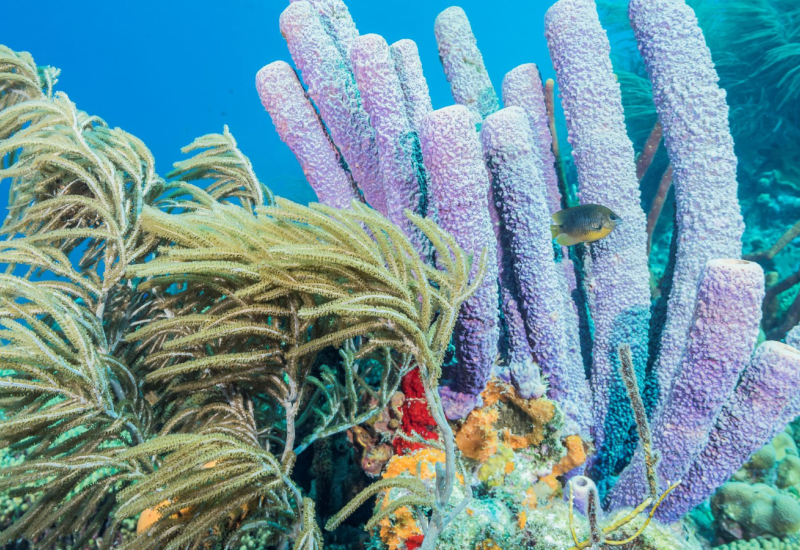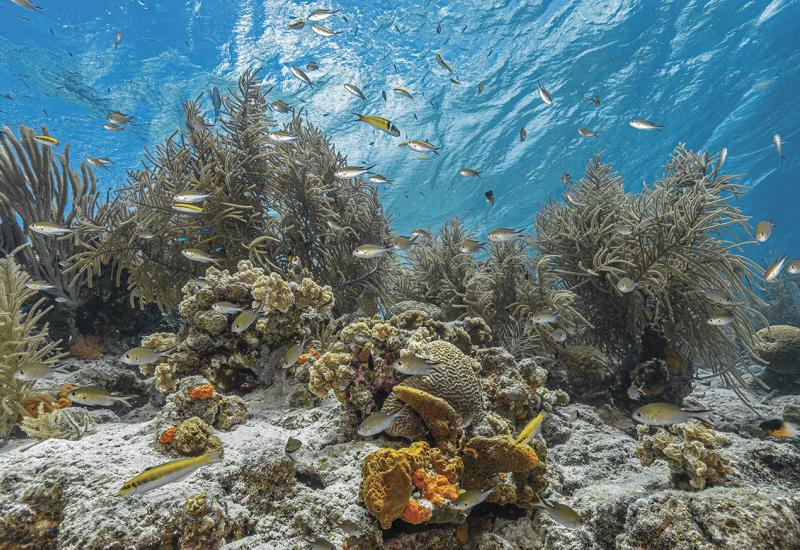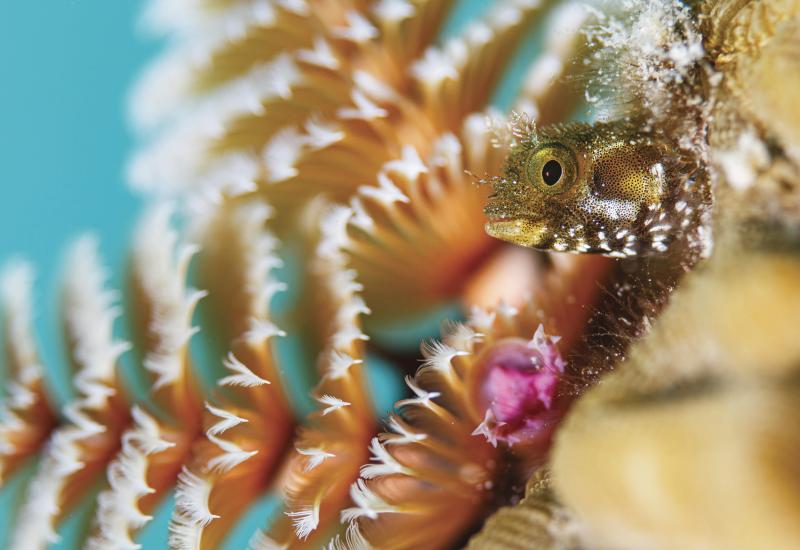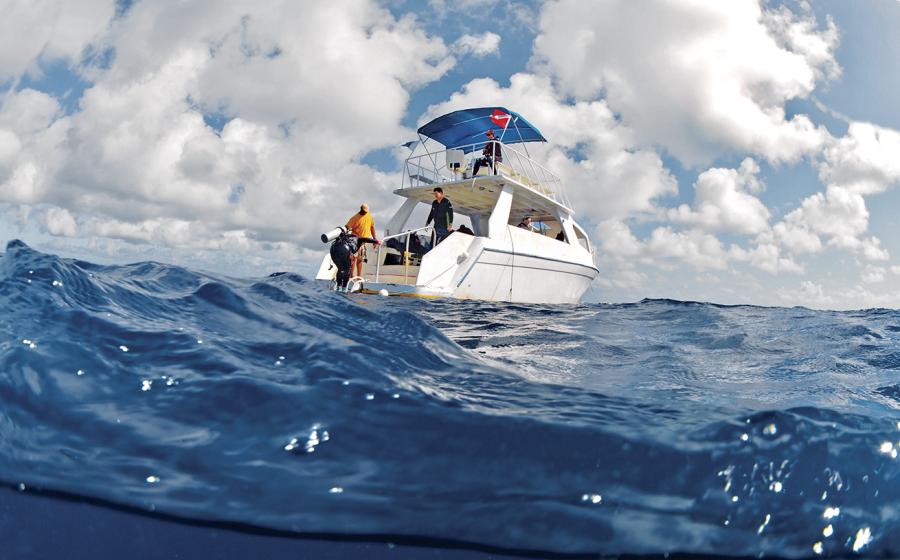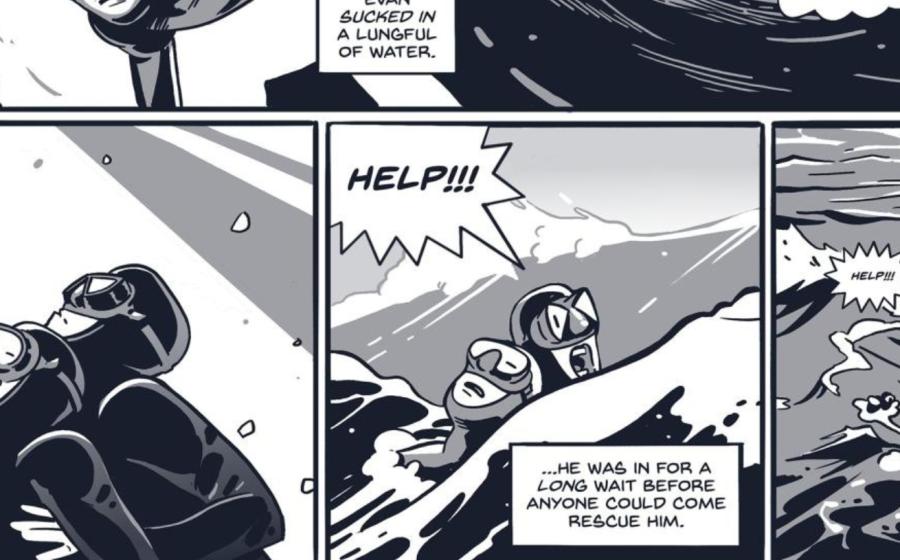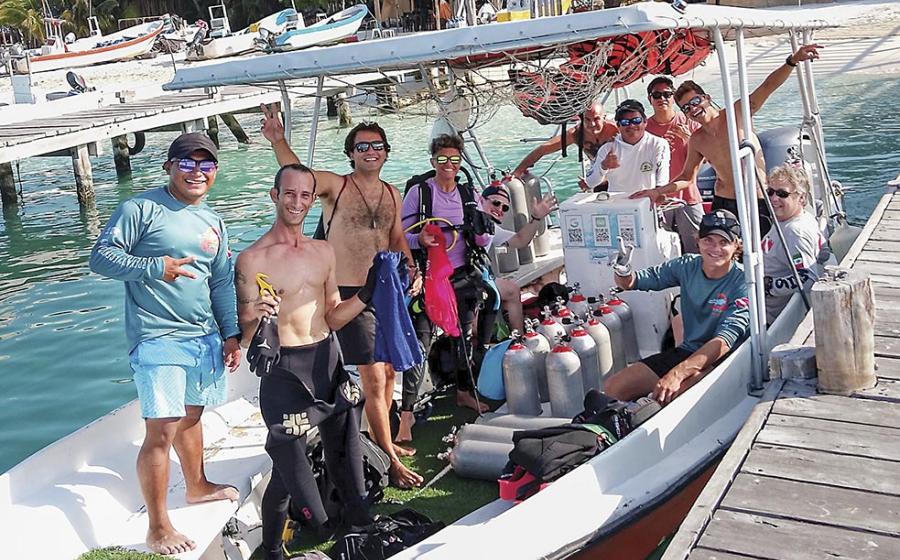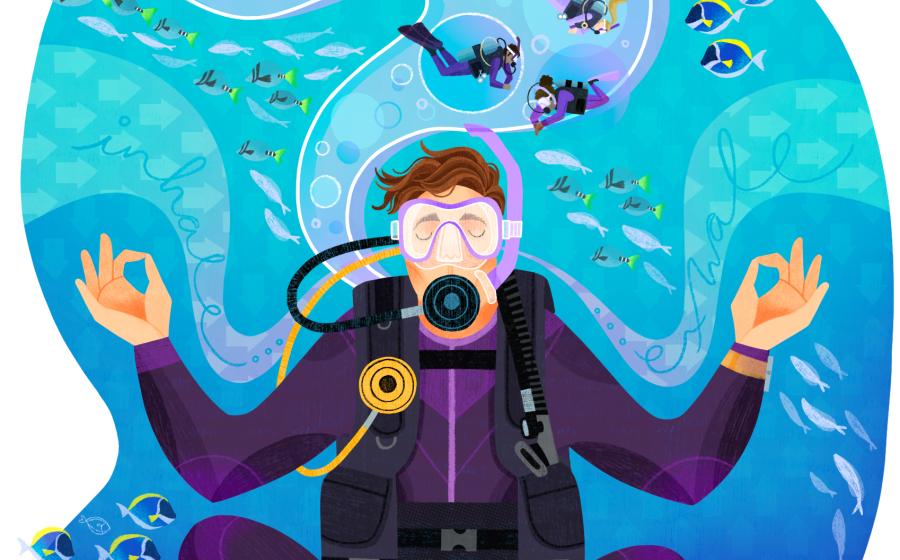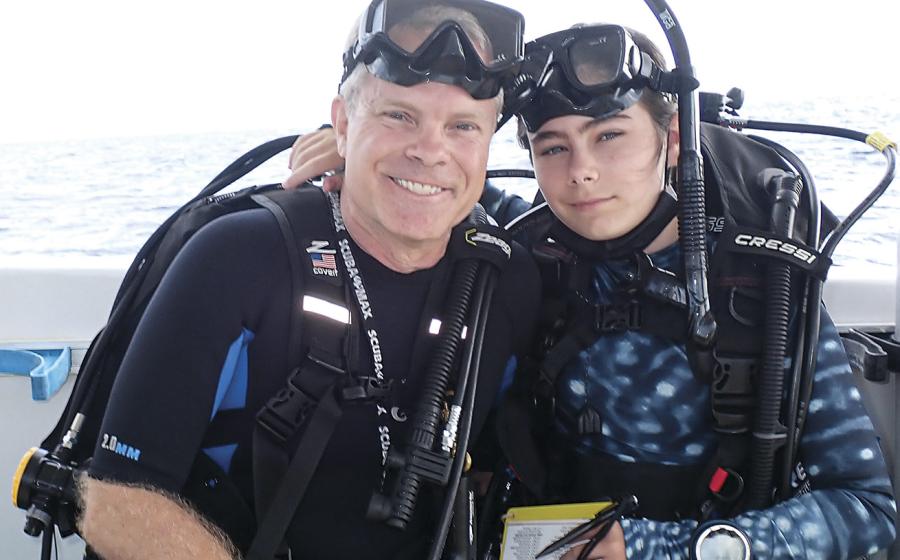Fish Surveying Fun Abounds with REEF in Bonaire
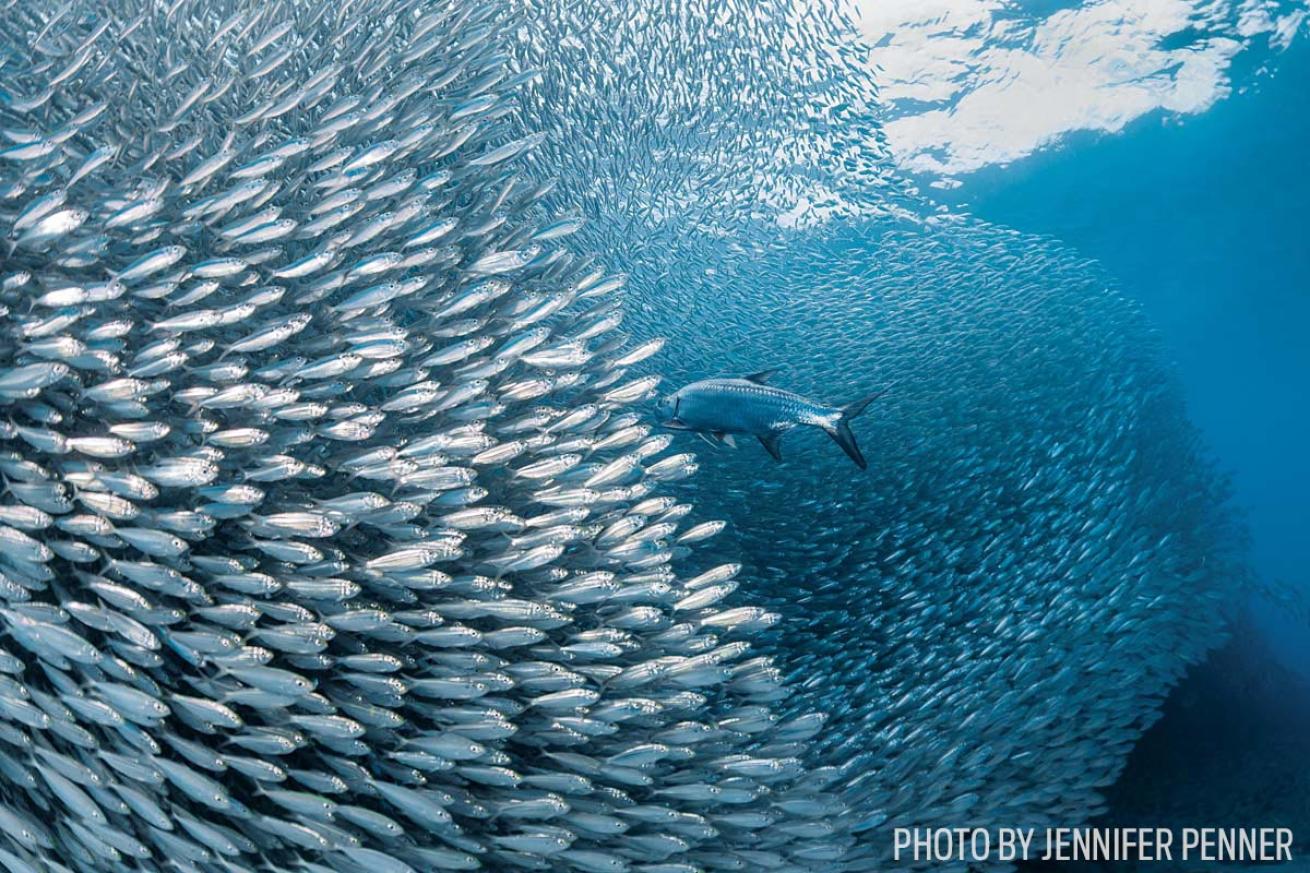
Jennifer PennerAmid the beauty and diversity of Bonaire’s waters, counting fish is a meaningful — and fun — endeavor
Our group spreads out along a reef about 40 feet deep just off the beach in Bonaire, clutching slates and peering at the clouds of colorful fish around us. While we might look like a bunch of fashion critics, we’re something else entirely: the underwater version of citizen scientists. Since 1993, the Reef Environmental Education Foundation has compiled surveys from volunteer divers and snorkelers to create the world’s largest database on marine species. Volunteers in the Western Atlantic and Caribbean alone have submitted more than 138,467 surveys identifying a total of 812 species.
Bonaire boasts seven of REEF’s top 10 sites for species richness; the 10 species recorded most frequently by volunteers include the bluehead, stoplight parrotfish, bicolor damselfish and yellowtail snapper. My group’s top 10 tracked that list pretty closely as we dove 25 sites, completing 253 surveys and reporting 272 species.
Volunteer surveyors use the Roving Diver Technique, meaning we freely roam a dive site the way we would on any dive. The only difference is that we record data and have been well-prepared by our trip leaders with a pre-trip, online fish-identification webinar and regular emails chock-full of fish-ID tips. Every evening while in Bonaire, those leaders hold fish-ID seminars complete with slide shows and plenty of note comparisons.
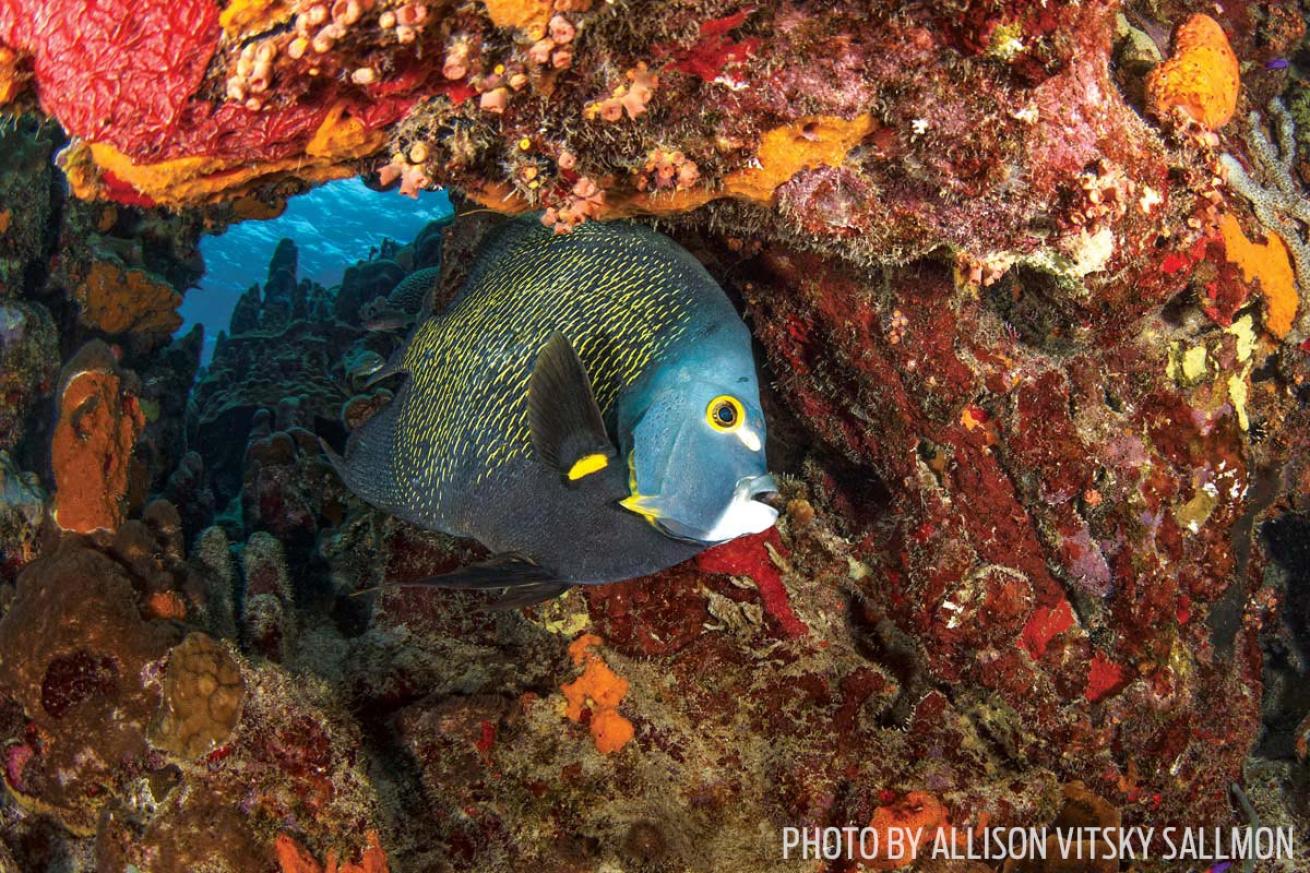
Allison Vitsky SallmonFrench angelfish are a common — and lovely — denizen of the reef in Bonaire
The organization makes the surveying itself as simple as possible. Christy Semmens — director of science for REEF and one of our leaders — handed out waterproof ID guides and underwater survey forms listing species specific to Bonaire, grouped by type. For example, beneath the Angelfish heading are French, Gray, Queen and Rock Beauty. This way, when we saw a particular species, we only had to check the appropriate name. “Record all the fish you see that you can positively identify, but only what you know,” Semmens stressed. The form also lists letters for approximate abundance scores: S, F, M and A, representing Single, Few (two to 10 fish), Many (11-100) and Abundant (more than 100). Again, we just circled the correct one.
Post-dive, volunteers enter their data online or mail surveys to REEF.
It takes a couple of dives before I feel completely comfortable with the extra layer of activity, and I wouldn’t recommend surveying for total newbie divers. You need good buoyancy control, for one thing, and an ability to keep track of your location. But otherwise, surveying takes nothing away from a dive. As noted, we swam wherever we wanted, and if something caught my attention, I could suspend counting for a bit — or for an entire dive, for that matter. Post-dive chatter seemed more lively than usual as we compared notes on what we’d seen, discussed harder-to-identify species, and engaged in some friendly one-upmanship. I felt more informed too; rather than just gushing about that school of pretty blue fish, I knew I saw blue chromis. And with the goal of finding as many species as possible, I peered under ledges and into nooks and crannies, spotting small or reclusive species such as blennies and gobies that I otherwise might have missed.
Surveying isn’t just an exercise in improving your fish-identification skills either; it also adds a sense of purpose to a dive. Fellow Bonaire surveyor Bob Weathers, a professor in Seattle with years of surveying under his belt, says: “I do them mostly because they’re fun, in part because I enjoy learning, but also because I love making a contribution to knowledge and other good causes. Surveying gives more purpose and focus to my diving. As REEF says, it’s ‘diving that counts.’”
Government agencies, conservation organizations and universities have used REEF data. “No real useful data on species abundance and distribution existed before these surveys,” says Semmens.
Published research that has used REEF survey data covers topics such as harvest, effectiveness of protected areas, spawning aggregations, controlling invasives, biodiversity and population trends.
Several studies have evaluated these citizen surveys themselves. One concluded that REEF’s survey methods “returned results consistent with techniques favored by peer-reviewed science.” As part of a growing phenomenon of citizen-science programs, REEF’s Volunteer Survey Project makes for dives that are fun and meaningful. It doesn’t get much better than that.
Fish-ID Tips: What's In a Name?
Members of the same reef-fish families can look a lot alike. Even if you’re not participating in a fish-ID survey, it’s nice to be able to tell some close cousins apart.
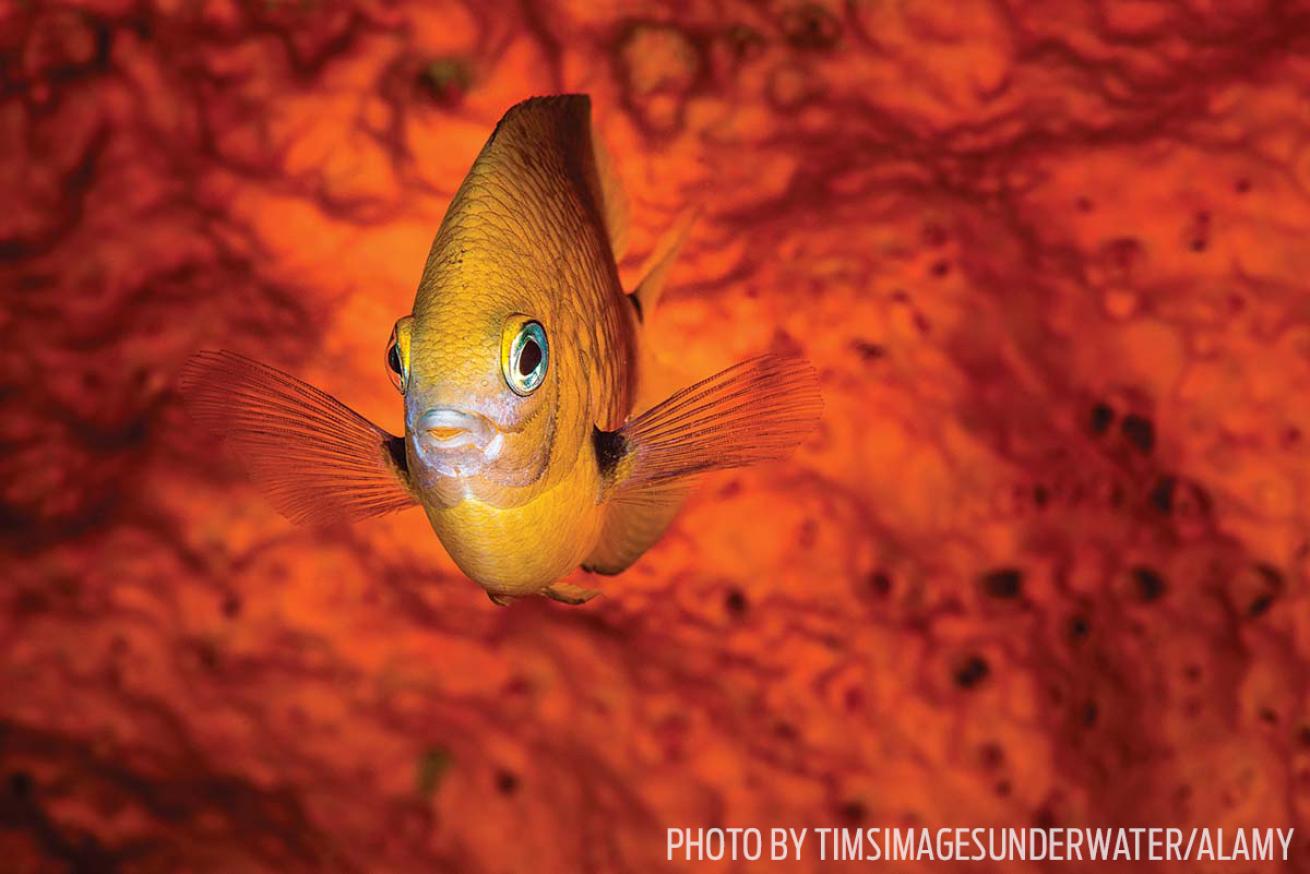
TimsImagesUnderwater/AlamyDamselfish can be one of the most difficult families to ID, says REEF trips coordinator Amy Lee. Dusky and longfin damselfish are both a drab brown, but the longfin has — no surprise — long fins extending past where the body and tail join.
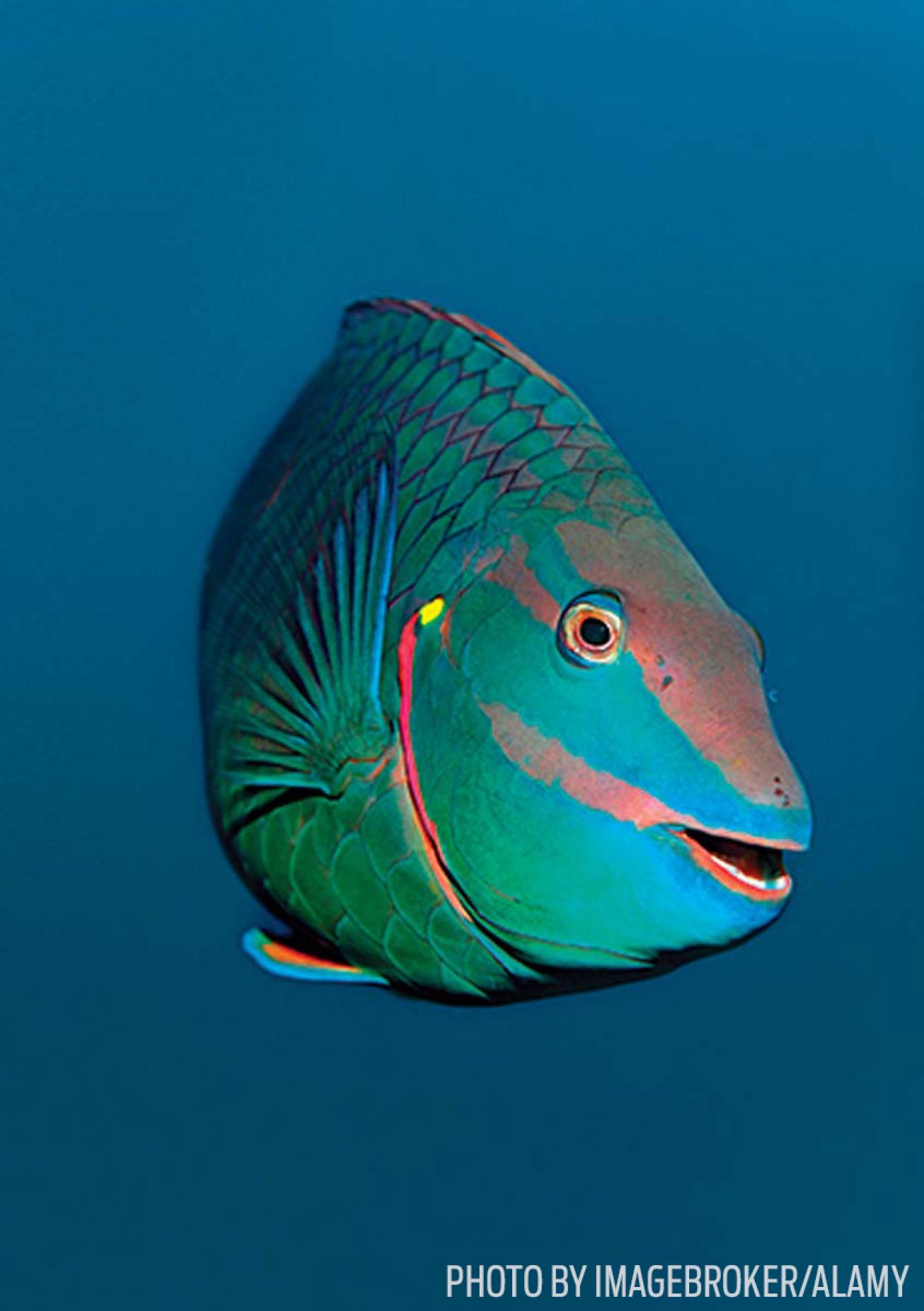
ImageBroker/AlamyParrotfish have noticeable scales and beaked-shaped mouths. Striped and princess parrotfish look similar, but check their tails: Princess parrotfish have a distinct pink upper and lower margin on the tail. “Like a princess skirt,” Lee says.
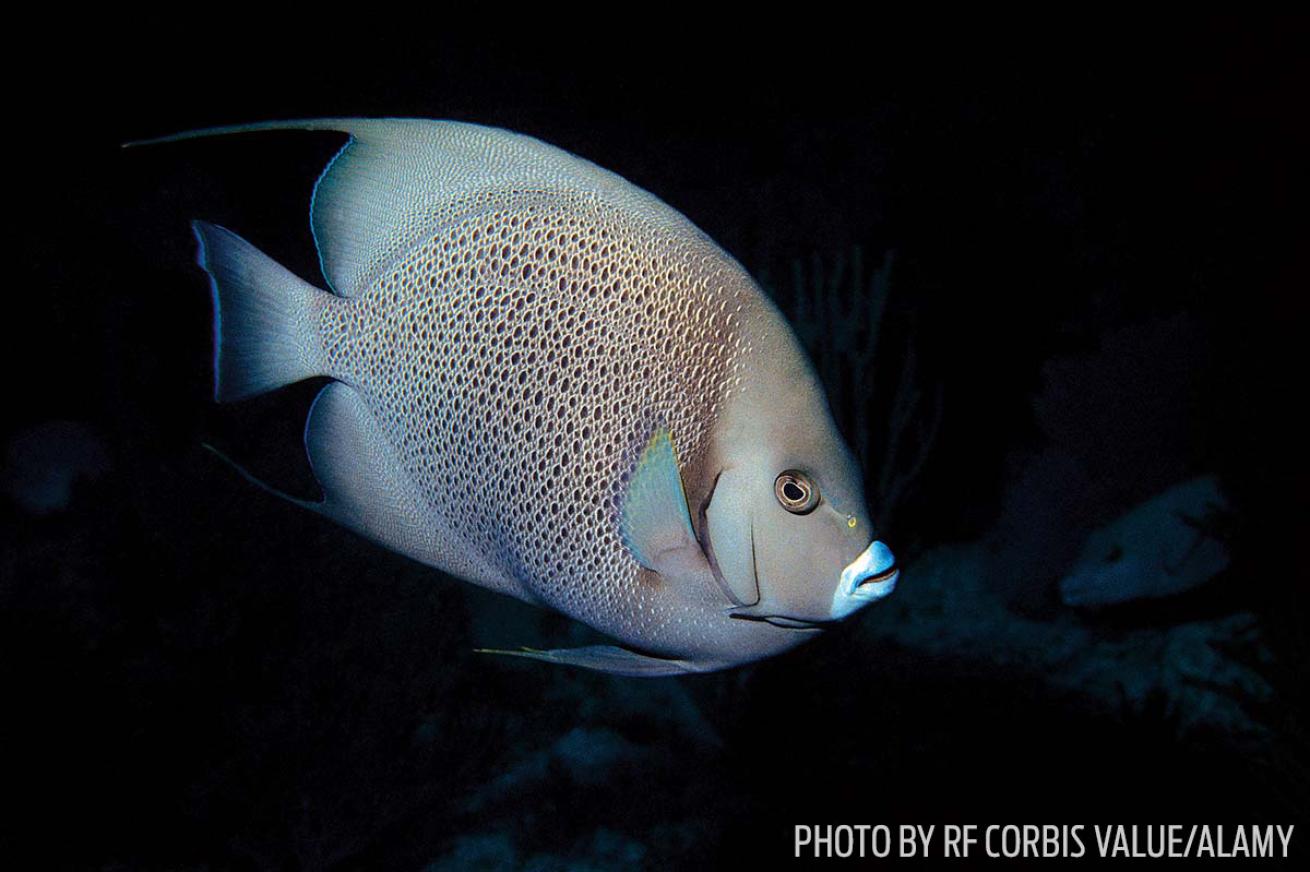
RF Corbis Value/AlamyGray angelfish have uniformly light gray bodies, while French can be dark gray or black. To tell these apart, look for yellow tips on the French’s scales – like french fries. The gray also has a squared-off tail, while the French tail is rounded.
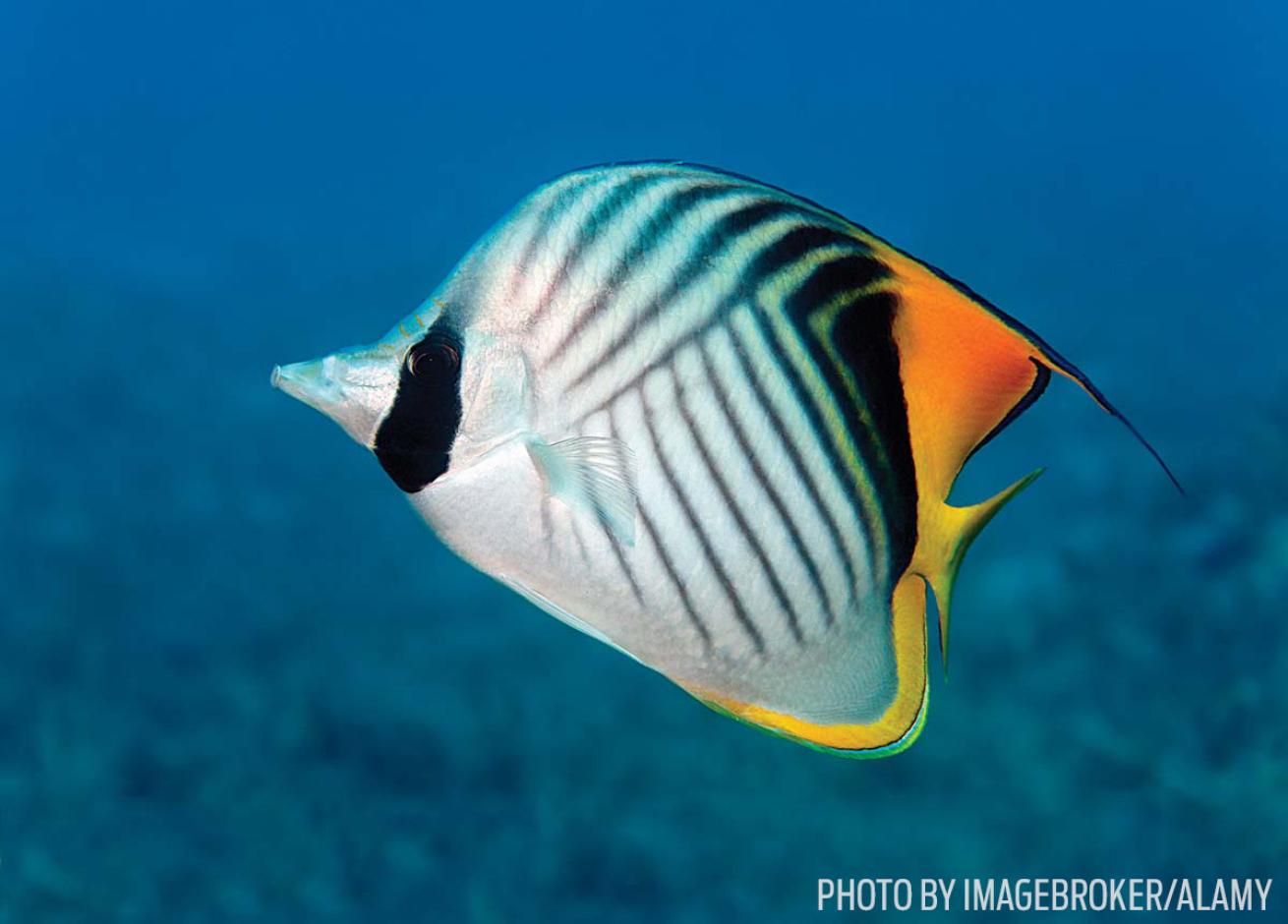
ImageBroker/AlamyButterflyfish family members have a false eye spot, or ocellus, near the tail and a vertical bar on the head through the eye. These fish tend to have a flattened and disc-shaped body, and are smaller than dinner-platesize angelfish.
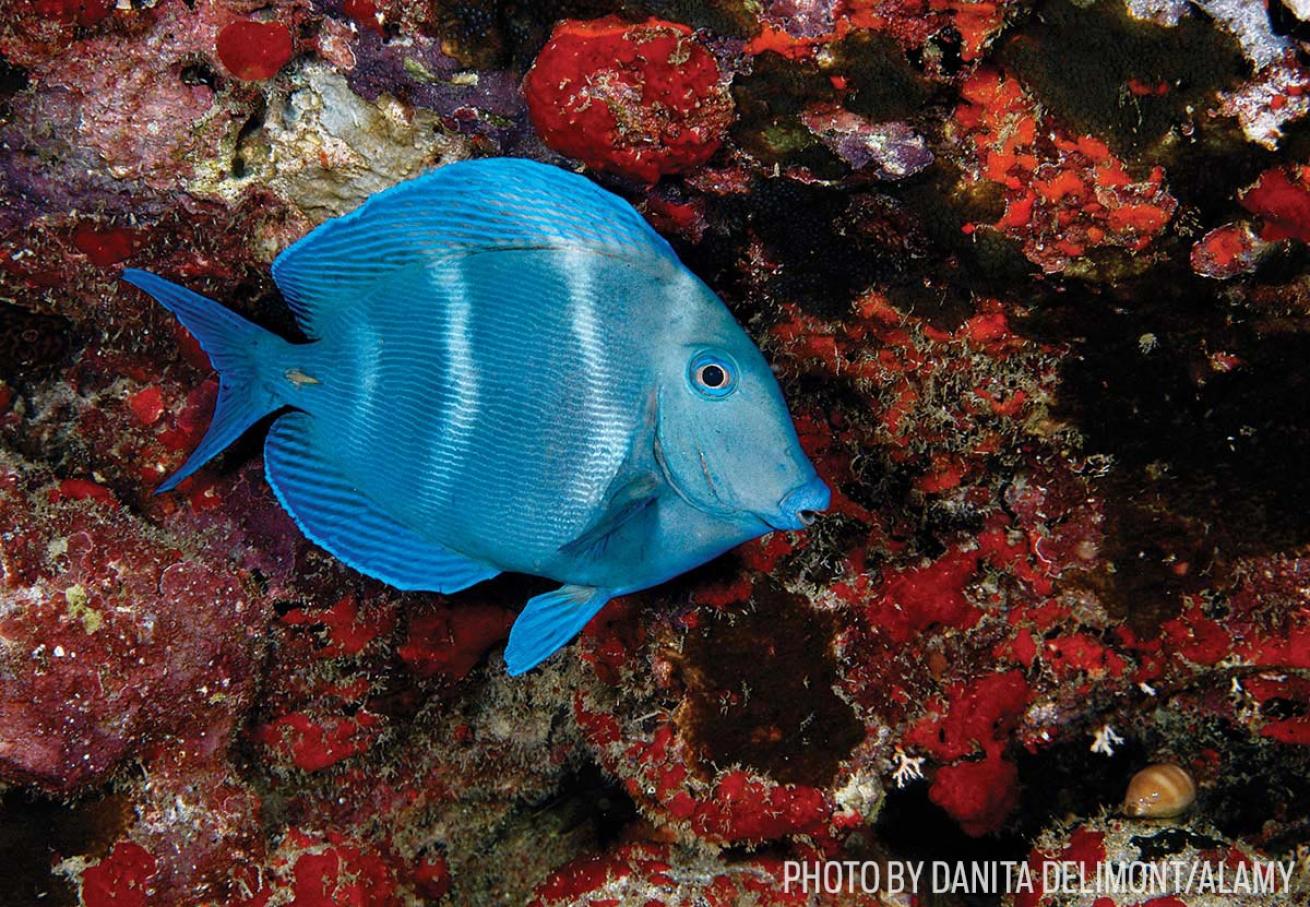
Danita Delimont/AlamySurgeonfish have a sharp spine on their caudal peduncle – like a scalpel. Tell blue tang and ocean surgeonfish apart by the bright yellow or white of a blue tang’s spine. The ocean’s spine is blue, blending in with the rest of the body.
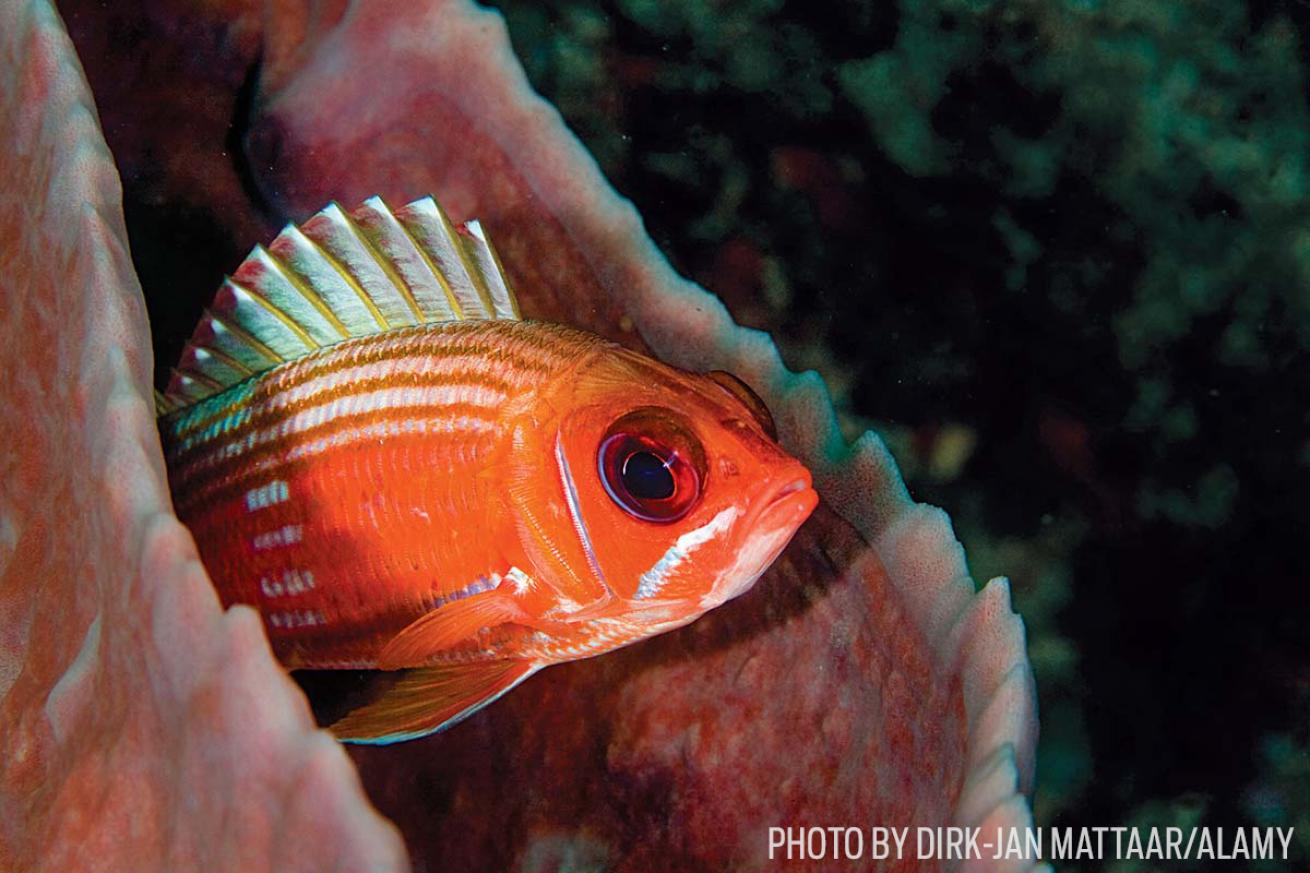
Dirk-Jan Mattaar/AlamyA squirrelfish in the Caribbean Sea
Fish Behavior: Housekeepers and Hunters
• Some types of fish can be identified by distinctive behaviors. For example, many juvenile wrasses, especially bluehead wrasses, act as cleaner fish. Juvenile blueheads actually have a yellow body, but a similarly yellowcolored yellowhead juvenile has a bright blue line down the center of its body.
• Squirrelfish are more active at night, hence their large eyes and red color.
• Some species hang out in distinctive locations. You’ll find the shy purple and gold peppermint basslet in deep recesses in the reef, while blue and brown chromis stay up in the water column rather than swim on the reef. Blue and brown chromis also tend to school.
• Spanish hogfish and fairy basslets both have purple and yellow coloring. However, juvenile hogfish are cleaner fish, while you’ll often find fairy basslets upside down beneath reef overhangs, darting out to snag bits of detritus.

